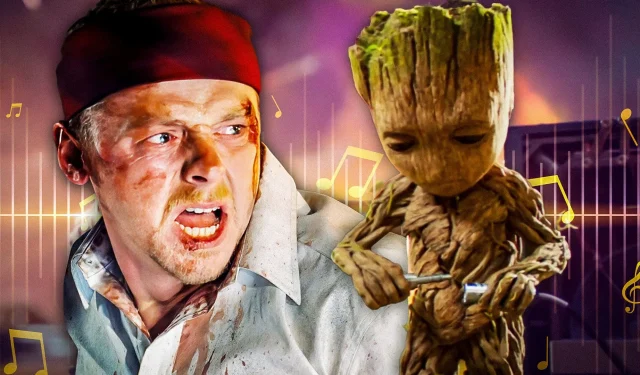Music has a remarkable ability to evoke profound emotions. While certain tracks may initially bring joy or sadness, films have the unique power to reshape these sentiments in entirely new contexts. The human experience is enriched by sensory stimuli: a specific aroma can evoke nostalgic memories, while visual and auditory cues can trigger recollections. Music, in particular, holds the potential to attach itself to pivotal moments in our lives.
This significance is mirrored in the critical role of soundtracks in film. Many individuals curate personal playlists that symbolize their own life narratives. Significantly, the emotional resonance of music can transform over time. A vibrant, upbeat song might be juxtaposed against a suspenseful scene, or a mellow tune might accompany a moment of chaos. This innovative application of familiar songs can breathe new life and meaning into them, revealing unexpected dimensions.
8
Stuck in the Middle with You
Reservoir Dogs
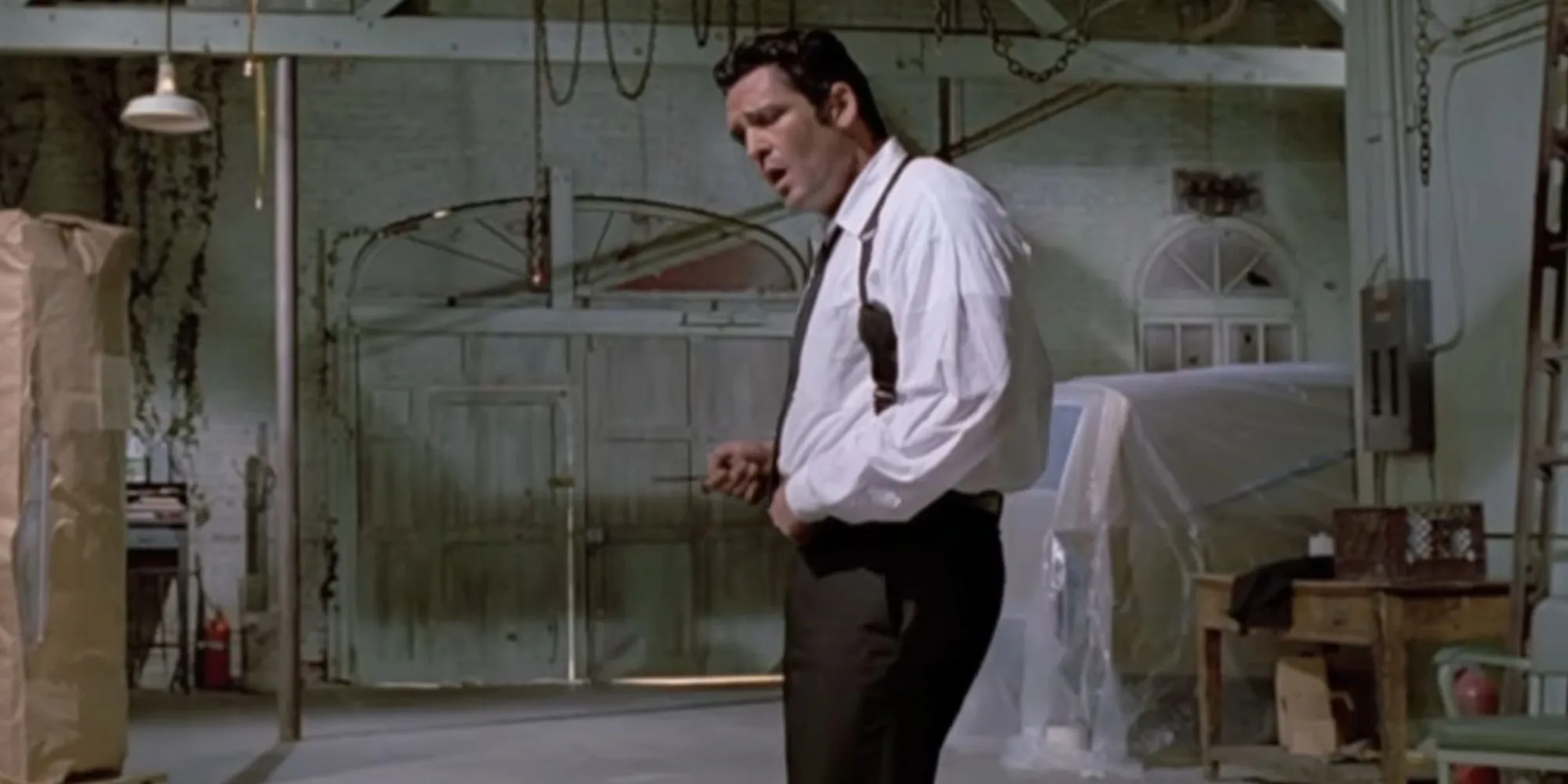
Quentin Tarantino’s Reservoir Dogs, released in 1992, marked a significant milestone in cinema. It not only solidified Tarantino’s reputation as a master storyteller but also redefined the thriller genre. The film’s characters are intricately crafted, navigating tense and intricate plots that keep audiences captivated. Tarantino expertly subverts traditional cinematic conventions, providing unexpected experiences.
A notable example occurs during a scene featuring Mr. Blonde, who tortures a police officer. As he wields a razor blade, he tunes into the radio, enlivened by the upbeat track, “Stuck in the Middle With You.”Dancing and singing along, Mr. Blonde revels in the juxtaposition of joy amidst violence, creating a chilling and memorable scene that forever alters the song’s association.
7
Don’t Stop Me Now
Shaun of the Dead
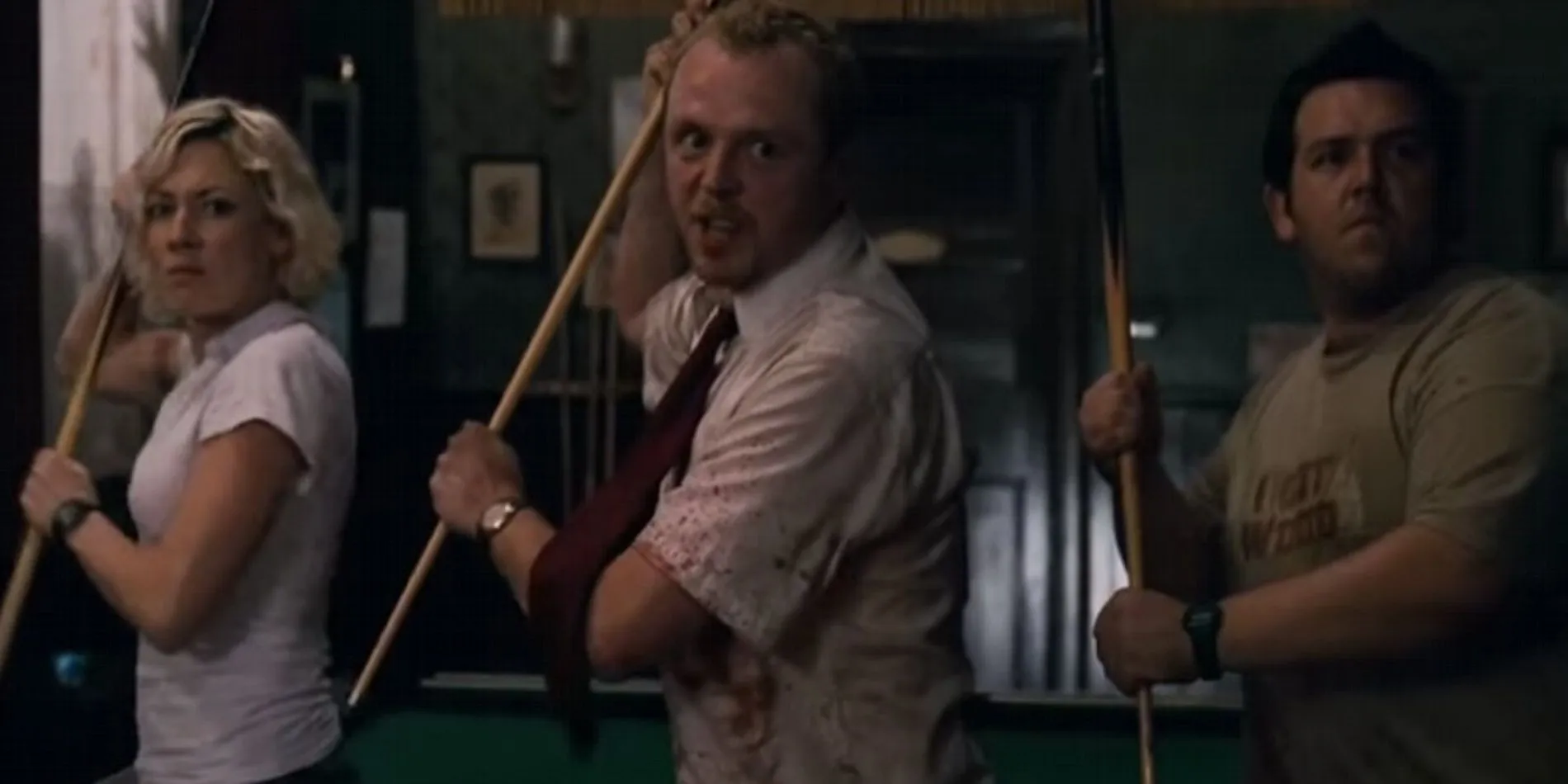
Queen’s “Don’t Stop Me Now”embodies euphoric energy, often invoking feelings of empowerment. In Shaun of the Dead, directed by Edgar Wright, the track takes on a different tone as it heralds a chaotic zombie encounter in a pub. As Shaun and his friends engage in a comedic battle against the undead, they inadvertently synchronize their movements to the upbeat rhythm, transforming the moment into an unforgettable blend of humor and horror.
Although the essence of the song remains spirited, its context is irrevocably altered, now ingrained with the image of Shaun and his companions using pool cues in a slapstick showdown.
6
Mr. Blue Sky
Guardians of the Galaxy Vol. 2
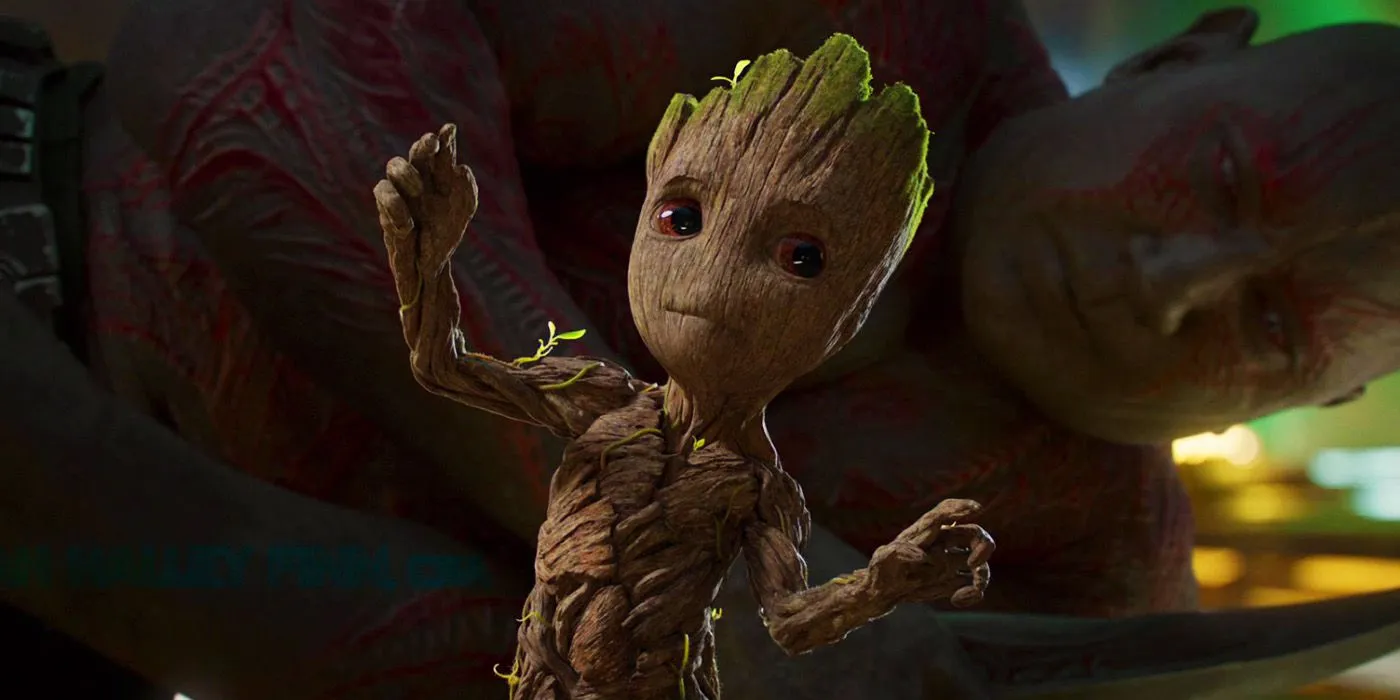
James Gunn showcases an exceptional affinity for integrating music within cinematic narratives, particularly through the Guardians of the Galaxy franchise. In Guardians of the Galaxy Vol. 2, the classic tune “Mr. Blue Sky”elevates the film’s energy. However, its playful tone contrasts sharply with Groot’s perilous situation as he dances obliviously while chaos ensues around him.
The juxtaposition of carefree music against dramatic action creates a compelling visual narrative, showcasing the guardians’ fierce determination to protect their young member even as he revels in rhythm.
5
Free Bird
Kingsman: The Secret Service
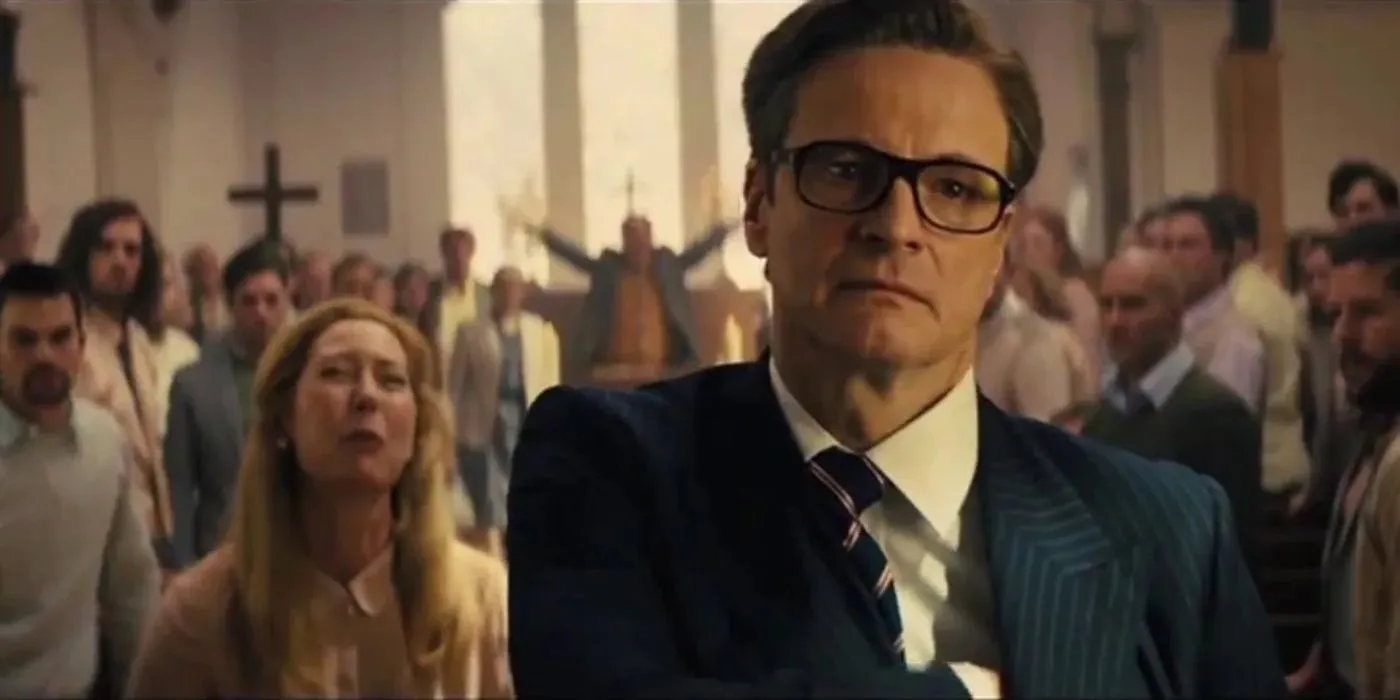
Lynyrd Skynyrd’s “Free Bird”is synonymous with freedom and exhilaration. Yet, in Kingsman: The Secret Service, the track accompanies a harrowing scene of brutality. Harry, portrayed by Colin Firth, attends a hate-filled sermon that escalates into uncontrollable violence as the congregation succumbs to a sinister technology’s influence.
The intense fight sequence, underscored by “Free Bird,”contrasts the song’s uplifting quality with the chaos unfolding, amplifying the visceral impact of the moment.
4
Hallelujah
Shrek
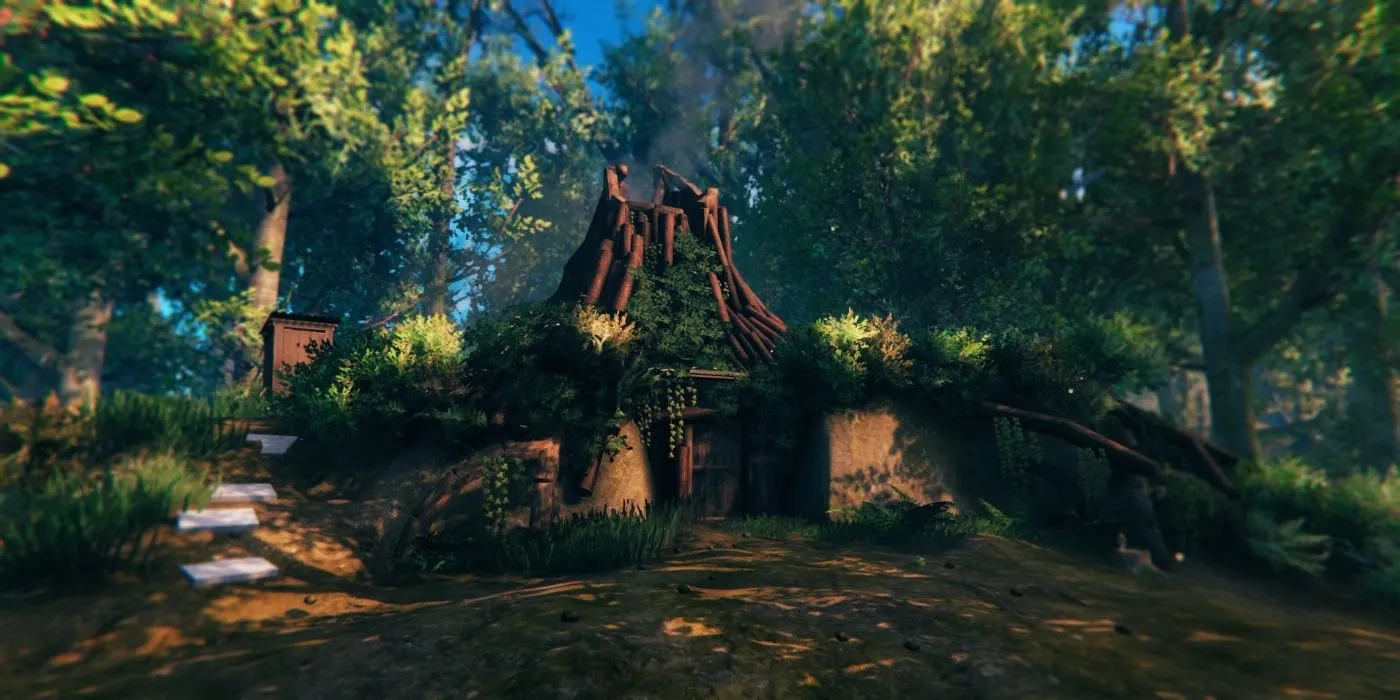
Originally a religious hymn, “Hallelujah”transforms into an emotionally charged ballad in Shrek. Following Shrek’s efforts to rescue Princess Fiona, the song plays as he grapples with loneliness, unveiling his inner conflict. The vulnerability displayed enhances the film’s comedic framework, illustrating depth beneath its whimsical exterior.
This poignant moment links the audience to Shrek’s poignant despair, turning the playful narrative into a genuinely heartfelt narrative of self-discovery.
3
Singin’ In The Rain
A Clockwork Orange
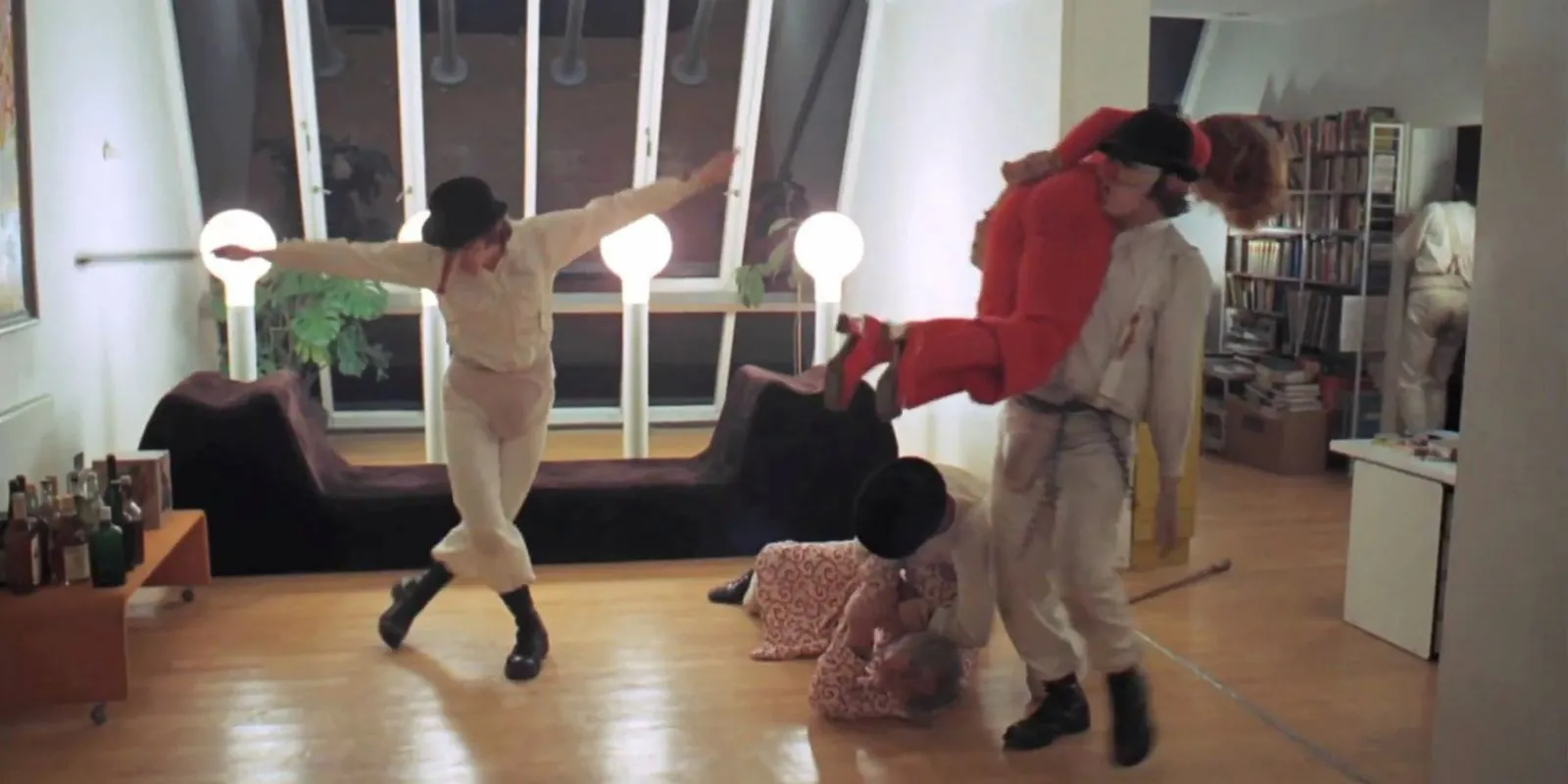
“Singin’ in the Rain”became a cultural icon due to its jubilant melodies, yet its recontextualization in A Clockwork Orange exemplifies a stark contrast. In this dystopian narrative, Alex, played by Malcolm McDowell, unleashes chaos while delightfully singing this cheerful anthem, showcasing a chilling intertwining of innocence and brutality.
This juxtaposition transforms the iconic song into a haunting reminder of the darkness that lurks beneath cheerful façades, challenging viewers’ perceptions of morality and enjoyment.
2
Heroes
The Perks of Being A Wallflower
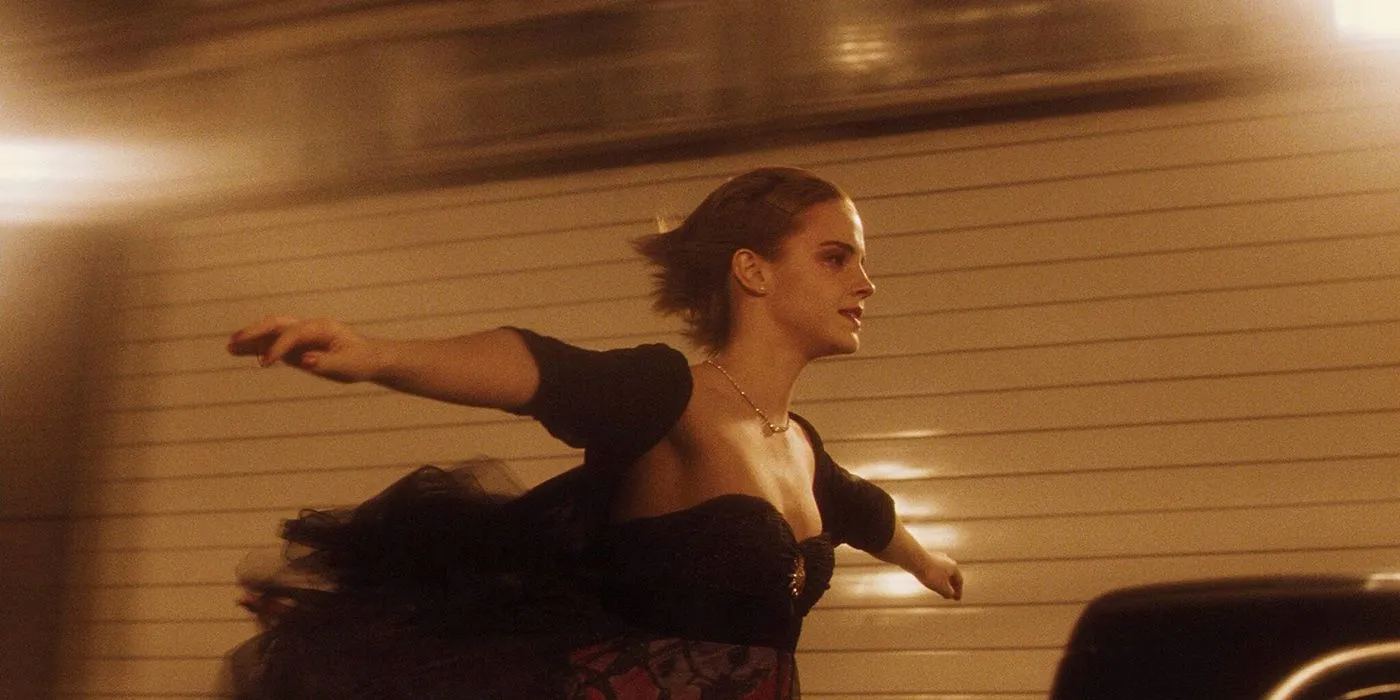
David Bowie’s “Heroes”encapsulates themes of resilience and connection. When featured in The Perks of Being a Wallflower, the song rises to its full potential as it captures the characters’ struggles and triumphs. The context within the film transforms it into an anthem of hope, underlining the protagonists’ journey through adversity.
Since watching the film, this song resonates distinctly, conjuring images of the unforgettable tunnel scene shared between Logan Lerman, Emma Watson, and Ezra Miller, embodying a sense of camaraderie and triumph against the odds.
1
Hip To Be Square
American Psycho
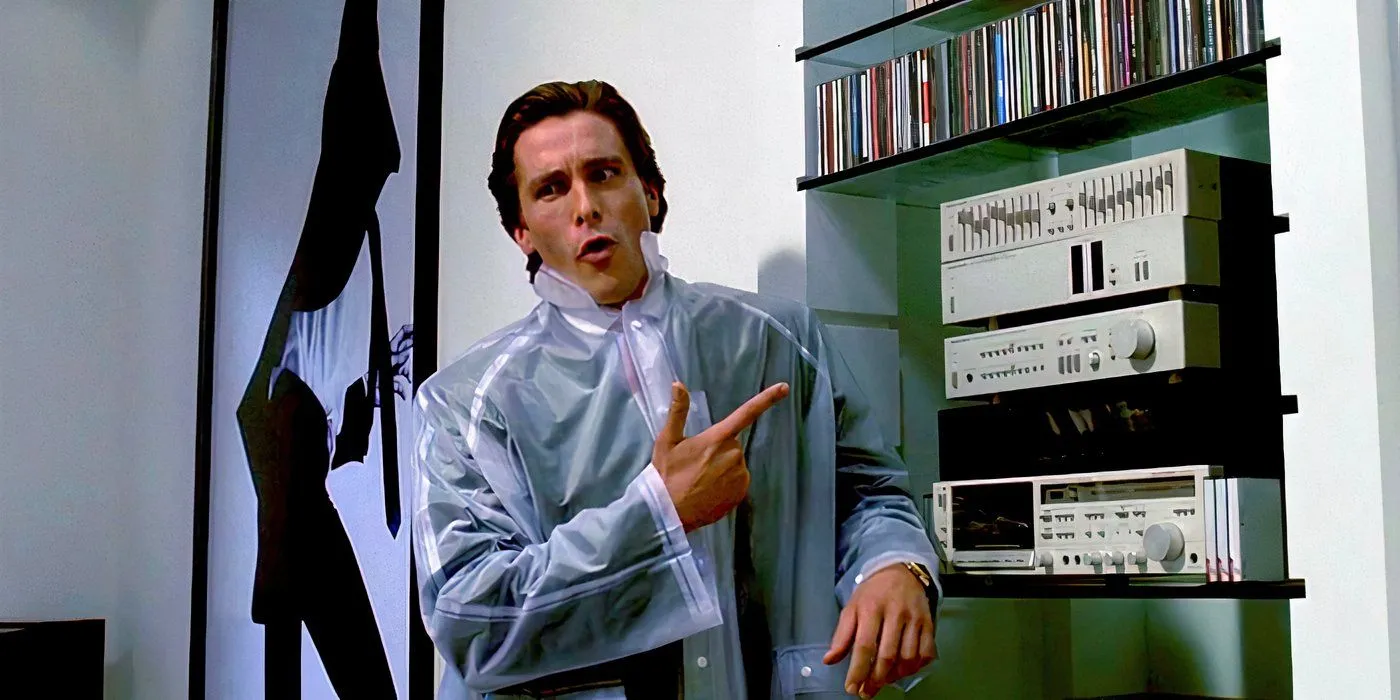
In American Psycho, Christian Bale delivers a stunning performance as Patrick Bateman, a character defined by his materialistic obsessions. Music is intricately woven into his persona, particularly highlighted during a scene where he enthusiastically discusses his admiration for Huey Lewis and the News before committing a horrifying act of violence.
The dissonance of upbeat music playing alongside chilling actions encapsulates the duality of Bateman’s character, forever altering our perception of “Hip To Be Square”and marking its place in film history as a chilling example of art imitating life.
